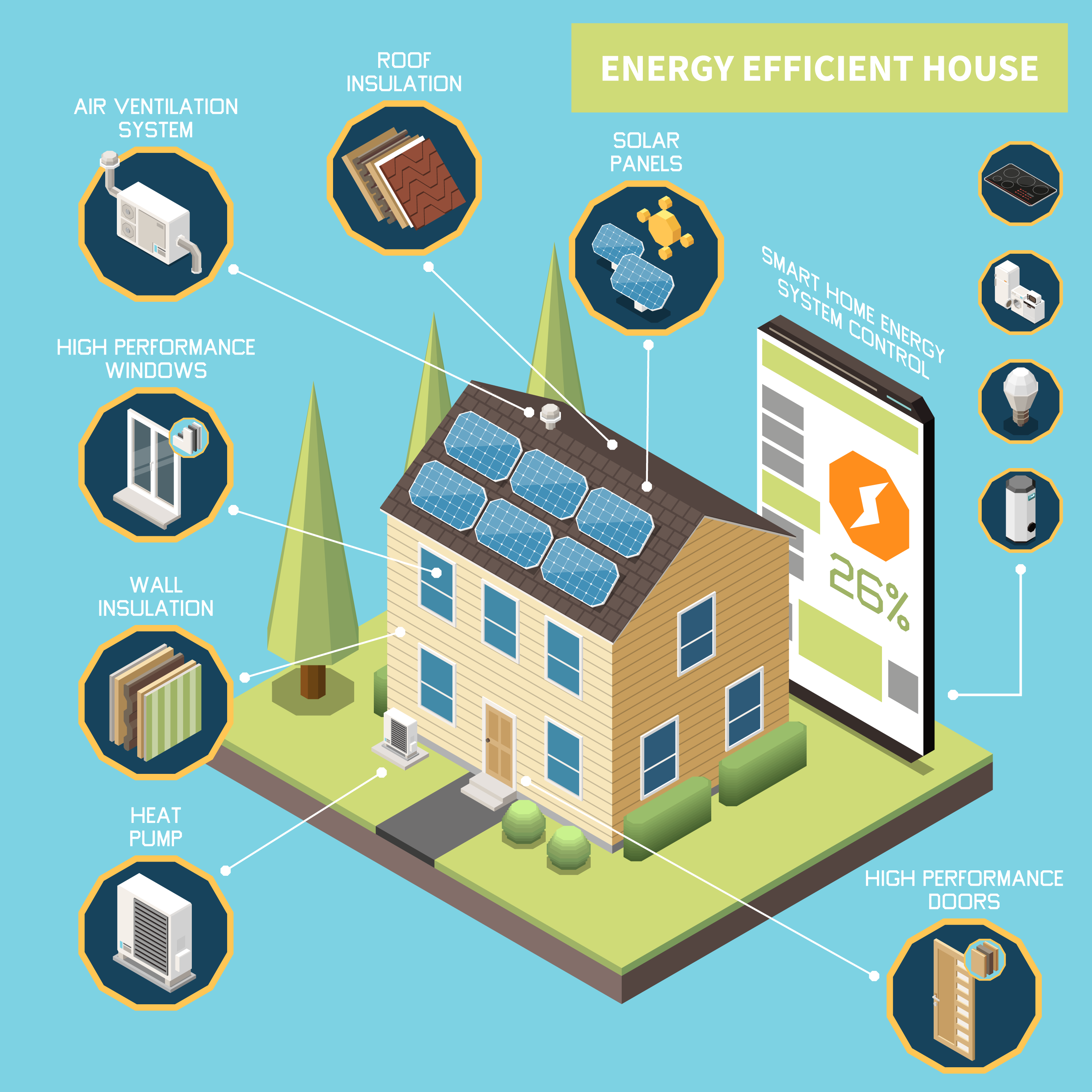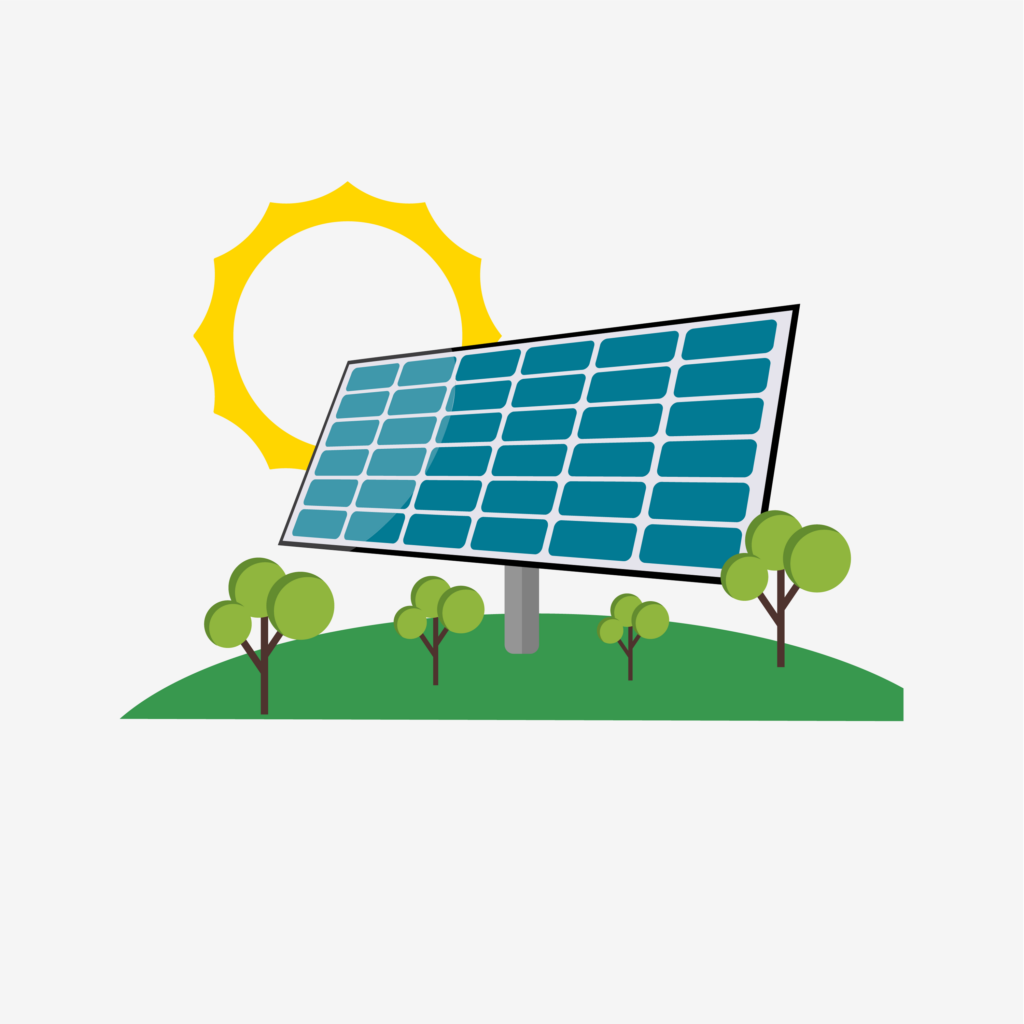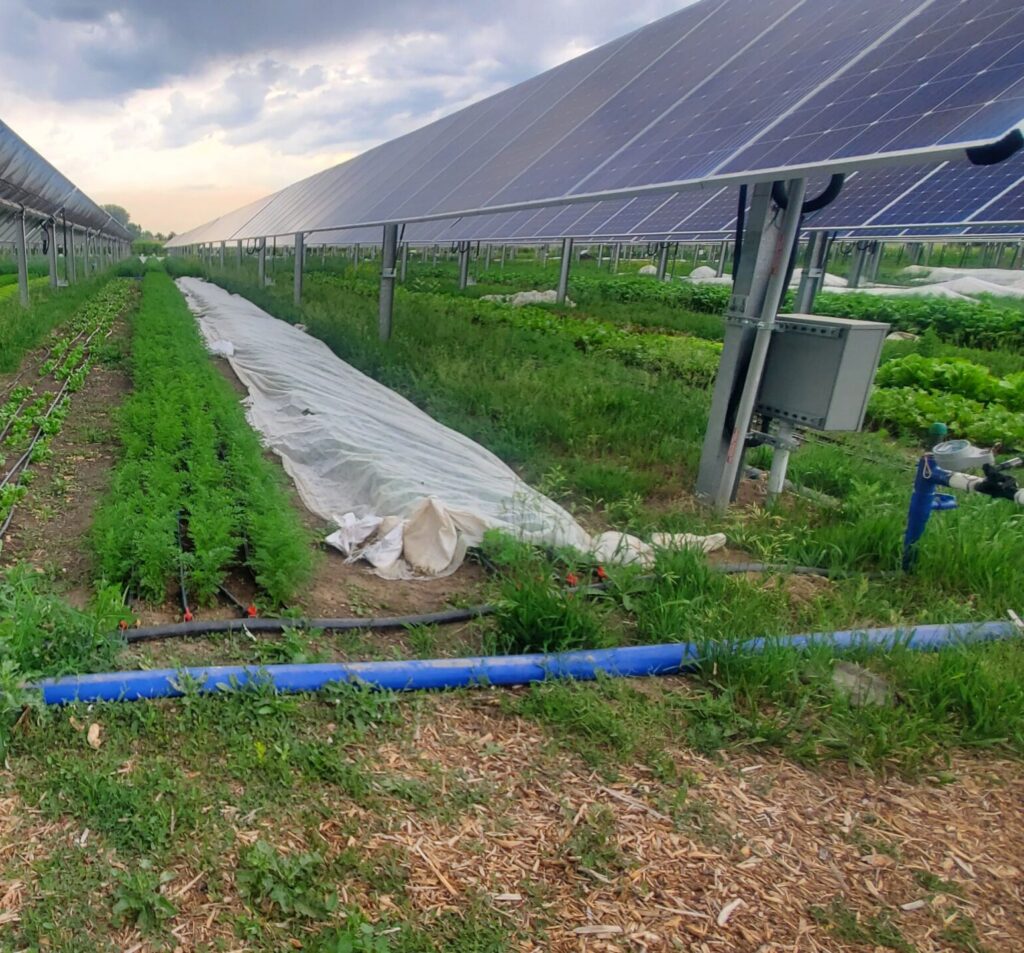Green Energy Access for Homeowners & Agrivoltaics: Our Take on an important issue
Green Energy Access for Homeowners
Homeowners around the world are increasingly looking to green energy initiatives to reduce their environmental footprint, save on energy costs, and contribute to a sustainable future. This guide helps property owners explore green energy options to reduce environmental impact and save on energy costs by providing information on various green energy initiatives that property owners can implement or participate in through energy purchasing mechanisms. Highlighted is key information to get started with rooftop solar, ground source heat pumps, incentives and agrivoltaics.

Green Energy Initiatives
Solar Power Systems
Solar panels generate electricity, lower bills & excess power can be sold back to the grid
Solar power is one of the most popular and accessible green energy solutions for homeowners. By installing solar panels on rooftops, homeowners can generate their own electricity, reduce utility bills, and even sell excess power back to the grid with a whole home battery backup system.
Ground Source Heat Pumps
Efficient heating and cooling using stable underground temperatures. Ground Source heat pumps utilize the stable temperatures beneath the earth’s surface to heat and cool homes efficiently. This technology can significantly reduce energy consumption and lower utility bills. While prohibited within the town limits of Poolesville, this HVAC option is possible throughout the rest of Montgomery County. A closed loop vertical geothermal heat pump circulates an eco-safe fluid mixture through pipes in deep, sealed vertical boreholes. In winter, it absorbs heat from the ground to warm a building; in summer, it transfers heat from the building back into the ground. This system continuously recirculates the same fluid without exchanging it with the environment, using stable underground temperatures for heating and cooling.
Home Battery Backup Systems
A home battery backup system is designed to store electricity and provide power during outages or times of high energy demand. These systems typically consist of rechargeable batteries, an inverter, and a control system. Here’s how they work:
- Battery Storage – The system stores energy from the grid or renewable sources, like solar panels, when electricity is available.
- Inverter – Converts the stored battery energy into usable AC power for your home.
- Automatic Transfer Switch – Detects power outages and switches the home’s power supply to the battery backup seamlessly.
- Energy Management System – Some systems include smart software that optimizes energy use, directing power where it’s needed most.
Home battery backup systems help reduce reliance on the grid, lower electricity costs, and provide energy security. They can be standalone or integrated with solar power for greater efficiency.
Incentives for Green Initiatives
The Rewiring American Calculator
Online incentive calculator www.rewiringamerica.org
Find out what kinds of incentives you qualify for depend on income, zip code, and a couple of other parameters. To quickly find out what you qualify for, we recommend the incentives calculator above. Check it out, regardless of income level.
Federal, State & Local Tax Credits/Grants & Rebates
Check with your local energy providers – In many countries, governments offer tax credits to homeowners who invest in renewable energy systems. These incentives can significantly reduce the initial cost of installation and make green energy more affordable. Local utilities and government programs often provide rebates and grants to encourage the adoption of green energy technologies. Homeowners are advised to check with their local energy providers to explore available options.
Net Metering
Earn credits for excess energy sent to the grid. Net metering is a billing mechanism that allows homeowners to receive credits for the excess electricity they generate and feed back into the grid. This can further reduce energy costs and accelerate the return on investment in renewable energy systems.
Virtual Power Plants (VPPs) – Advantages for Homeowners
Home battery backup systems offer homeowners a powerful blend of energy security, cost savings, and sustainability. During power outages, they keep essential appliances running—like refrigerators, lights, or medical equipment—without the noise, fumes, or maintenance of a generator. When paired with solar panels, batteries can store excess energy for use at night or
during grid disruptions, reducing reliance on utilities and lowering electricity bills. Many systems also allow homeowners to shift energy usage to off-peak hours, taking advantage of time-of-use rates. Plus, it’s a smart step toward greater energy independence and resilience in an increasingly unpredictable climate.
Financial benefits through selling excess stored energy during peak times. Homeowners can participate in a Virtual Power Plant (VPP) by linking their home energy assets—like solar panels and battery storage, and even EVs with bi-directional capability—to a larger network that collectively supports the grid to help meet demand during peak hours or emergencies. Through software coordination, homeowners sell excess stored energy. It’s a win-win:
homeowners gain greater control and value from their clean energy systems, and the community benefits from a more resilient, sustainable power supply.
Overall, VPPs modernize how we manage energy, benefiting the grid and homeowners alike. As technology advances, VPPs will become more widespread, promoting a sustainable energy future. VPPs currently exist in areas like New England, California, Colorado and Texas. Maryland passed legislation in 2025 to allow VPPs in the state. VPPs are networks of small Distributed Energy Resources (DERs) like solar panels and batteries, managed by software to optimize electricity production and distribution using real-time data.
Learn more about VPPs by watching this video below


Owning rooftop solar is best. We suggest reaching out to Montgomery County Green Bank to learn more about financing options.
Solar Switch, a long-running solar co-op program promoted by Montgomery County government, provides very competitive pricing and we encourage homeowners to obtain at least three rooftop solar bids.
For help comparing solar bids or other solar questions, reach out to Solar United Neighbors of Maryland.

Solar Resources
Homeowners can access information on green energy initiatives through:
- Government Websites: Many have dedicated pages on renewable energy programs, incentives, and regulations.
- Local Energy Providers: Utilities often provide resources and guidance on green energy solutions and incentives.
- Environmental Agencies: Organizations like the EPA offer valuable information and resources on sustainable living.
- Renewable Energy Associations: Groups like the SEIA provide guides, research, and industry updates.
- Professional Installers: Reputable solar companies offer personalized advice, assessments, and details on solar power systems.
Agrivoltaics: Our Take on an important issue
Combine solar energy production with agriculture, maximizing land use and providing additional income
Agrivoltaics, also known as AgriSolar, is an innovative co-location of solar and sustainable agriculture enabling simultaneous energy production and food growth. It can include livestock grazing, pollinator habitat & apiaries, & crop production. This method not only maximizes land use but also provides additional farm income and reduces water evaporation from soil. Poolesville Green is one of the best-informed area organizations on the state of cutting-edge information on agrivoltaics. While we are neither solar developers nor farmers, we can point both to the best resources available as this important climate solution continues its rapid growth worldwide.
Check out these links to learn more:
AgrisolarClearinghouse.org, Agrivoltaic World Conference, American Farmland Trust, National Renewable Energy Labs & Solar Farm Summit

Green energy empowers homeowners to create a sustainable future while saving money.
Explore options, use incentives, and make informed choices for a greener lifestyle.

